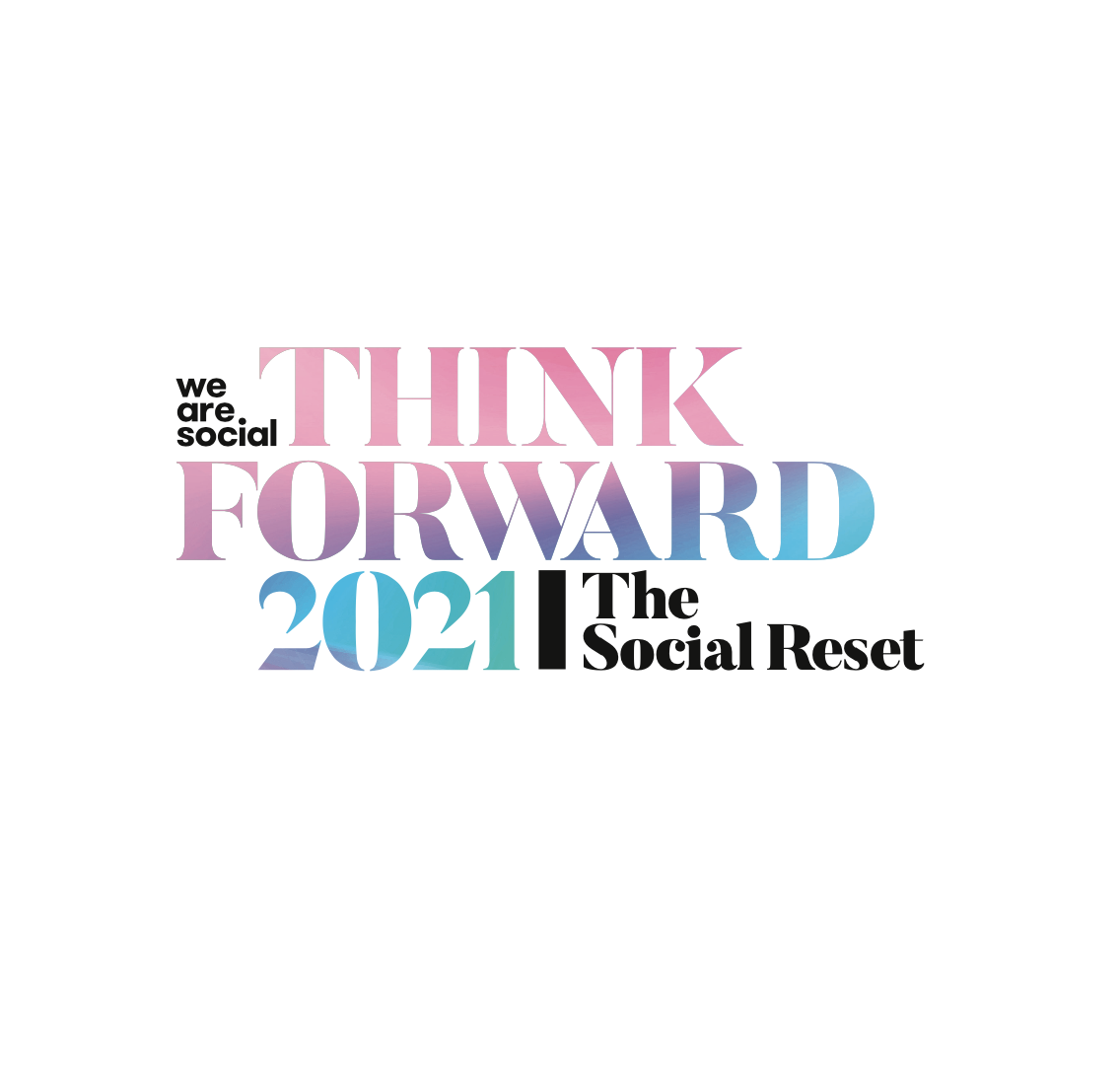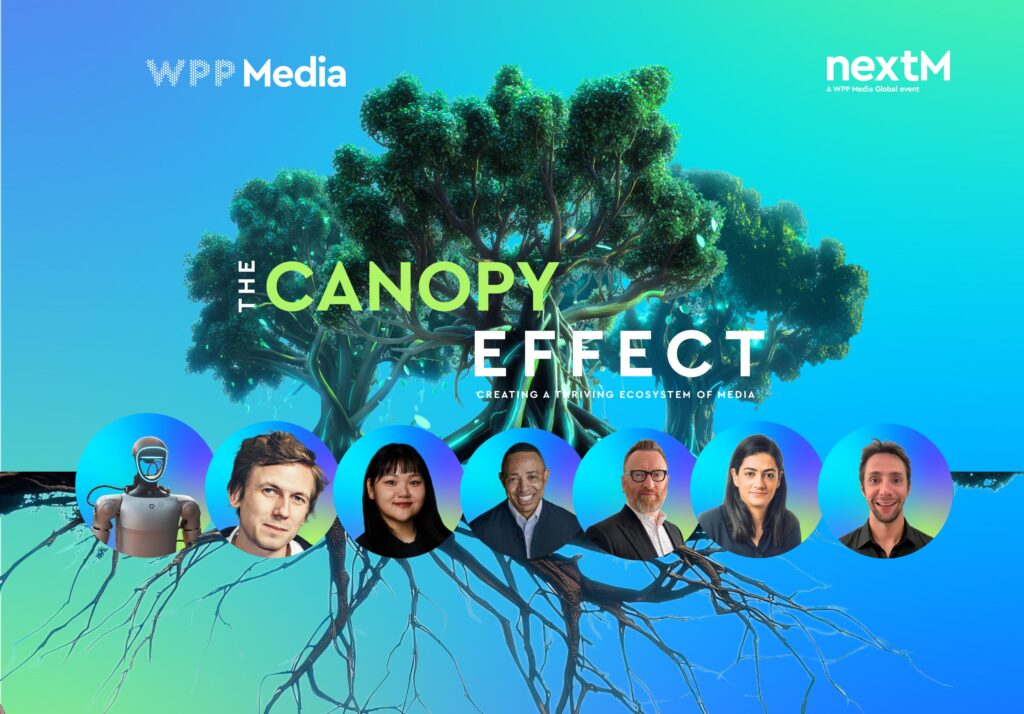Focused on the notion of ‘The Social Reset’, the report recognizes the role that social media has played in shaping people’s experiences in a highly disruptive 2020, and how relationships with these channels have undergone an irreversible transformation.

As the world moves into 2021, We Are Social observes how people re-evaluate the role social platforms should play in their lives, re-think which sources they engage with, and re-learn how to use social in line with tectonic shifts in the drivers that underpin their screentime.
The simple life
- People are re-evaluating the things that are most important to them, sharpening a desire to pay more attention to life’s simple pleasures and reconsidering the role social can play in enjoying them.
- Digital channels are being used to strengthen family bonds, from the surging trend for listening to podcasts together in the Middle East to the growing prevalence of co-creating TikTok videos in many parent-child relationships.
- People are engaging more with their local communities via digital channels.
- People are escaping to simplified virtual realities.
- People are engaging with influencers who practice simplicity as a lifestyle.
What’s driving this behavioral change?
Social has become a highly individualistic and politicized space which, in the context of the events of 2020, is leaving people wanting more from their feeds. There’s an awareness of how these powerful digital tools can be used for more wholesome ends that place greater emphasis on the important things in life.
How can brands utilize this?
- This shift calls for brands to demonstrate their own engagement with, and investment in, what’s important. They should celebrate the importance of little things, not just the big things. This can help them create a cultural impact.
Digital channels are playing a growing role in how people engage with their local communities, so there’s an opportunity for brands to celebrate and invest in those communities.
Practical advocacy
- People are finding practical ways to mobilize from within their feeds.
- People are getting an education on social justice via Instagram slideshows.
- Teens are coalescing into powerful online communities to boycott real political campaigns.
- People are calling out virtue signaling.
What’s driving this behavioral change?
The innovation of long-form formats on traditionally short-form platforms like Instagram and Twitter has brought education and action to new audiences. This has normalized the behavior of spending time-consuming and engaging with posts in social, evolving the role of these platforms in culture from passive advocacy spaces to active spaces for accountability, learning, and impact.
How can brands utilize this?
- Brands should educate people where they can.
- Brands should look to social to educate themselves.
In-feed intimacy
- People are finding ways to humanize their digital communications.
- The notion that screens and social have a negative impact on our offline relationships is falling away, as people begin to overcome the inertia attached to tools designed to humanize our digital interactions.
- People are using personalized avatars to humanize their in-chat interactions.
- People are using audio formats to communicate with more emotion and nuance.
- People are connecting to like-minded communities in private digital spaces.
What’s driving this behavioral change?
The ubiquity of social media has seen the novelty of large followings decline. Instead, people are prioritizing the closest circles of their networks in digital spaces. This shift has been magnified by lockdowns, which have seen digital channels become significant lifelines to loved ones outside households.
How can brands utilize this?
- Brands can capitalize on this shift to generate a feeling of exclusivity.
- Brands should be humanizing their digital customer services.
- According to the Edelman 2020 Trust Barometer report, “83% of people globally feel brands should be using their social channels to create a sense of community and support.”
Reliable idols
- People want public figures to use their platforms responsibly.
- People are putting more emphasis on the tangible value these figures can bring to the feed.
- People are looking to influencers they trust to demystify complex issues.
- People expect influential figures to give up their platforms for important issues.
- People are following respected experts for free access to knowledge.
What’s driving this behavioral change?
The recent years have seen a rising backlash against traditional influencers, with savvy social users falling out of love with a group that’s tarred as unrelatable and inauthentic. As the role of platforms like TikTok and Instagram shifts towards information alongside (and sometimes over) entertainment, expectations for this group to offer more tangible value to the people who follow them have heightened.
How can brands utilize this?
- Brands should be harnessing expert voices to address important issues.
- Brands should be vetting creators to assess their integrity.
Unbound platforms
- People are diversifying the ways they engage with social.
- In 2020, people changed the way they engage with social platforms, repurposing old tools for new purposes and expanding their already prominent role in everyday life.
- People are attending scheduled digital events.
- People are socializing and hanging out on games such as Fortnite and Animal Crossing instead of just playing them. Games like these have evolved into social hubs and live content spheres.
What’s driving this behavioral change?
Amid the new content needs of 2020, emerging platforms like TikTok and Twitch assimilated into the mainstream and the inertia attached to previously untapped features in major platforms (such as Instagram Live) fell away. In this landscape, people have picked up some new scrolling habits, bolstering the already prominent role of social in everyday life.
How can brands utilize this?
- Brands should reassess their assumptions of the most effective formats on each channel.
- Brands should consider moves to new platforms but integrate with sensitivity.
Open-source creativity
- Major social platforms are increasingly becoming spaces for people to co-create content, not just engage with it.
- People are collaborating with their heroes via social.
- People are repurposing #challenges as evergreen content streams.
What’s driving this behavioral change?
Gen Z’s notoriously fluid approach to content creation is what’s driving this behavior. It’s been catalyzed, though, by a shift in how creators are operating in response to the sheer volume of content people now expect to scroll through on social. In the context of influencer burnout (a widely reported issue even before the world went into lockdown and quadrupled their screen time), creators are finding ways to work smarter, not harder.
How can brands utilize this?
- Brands should stop behaving like gatekeepers and foster creativity.
- Brands should use comments and community management to directly inspire content.





